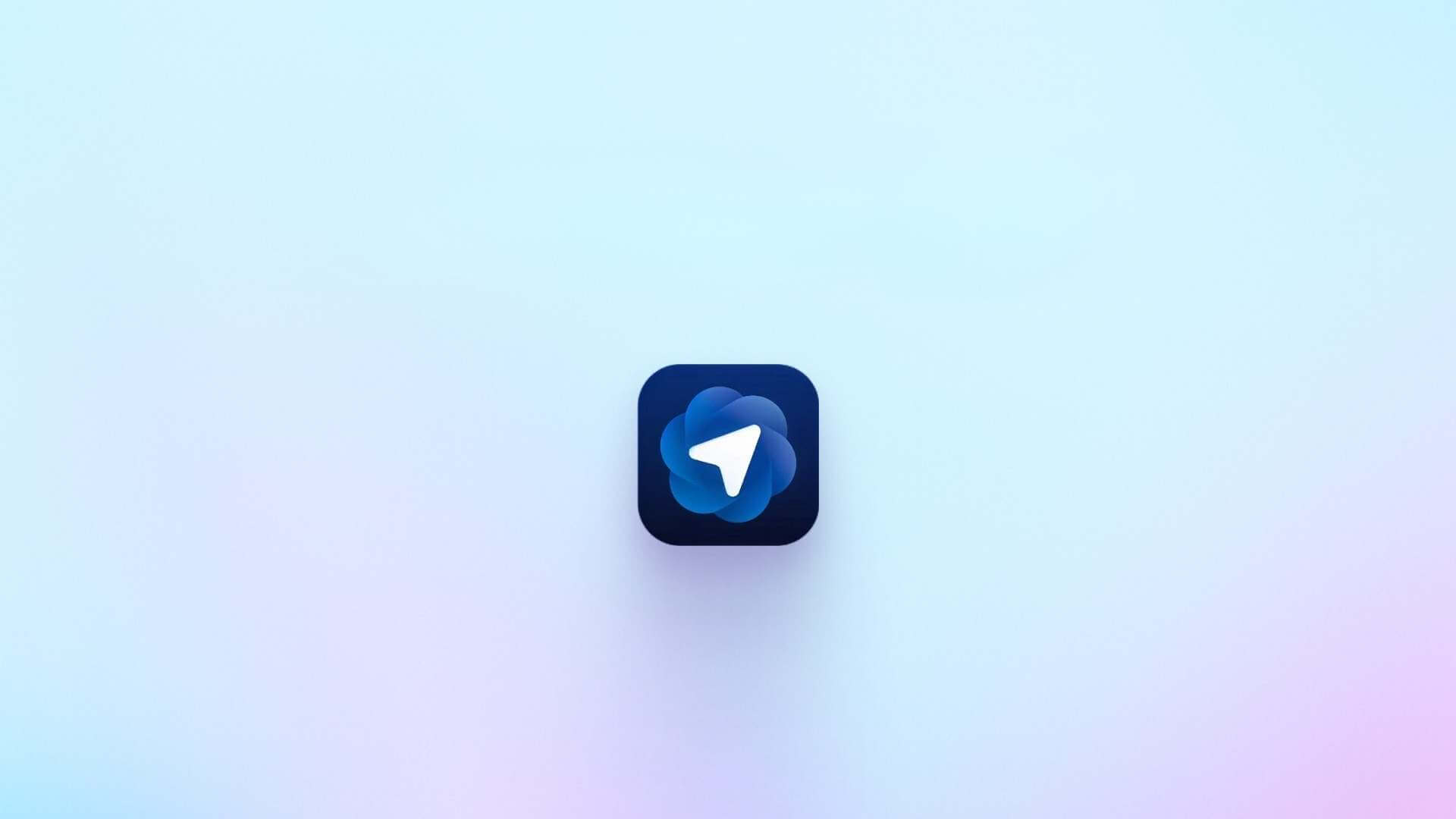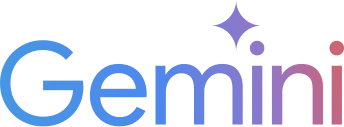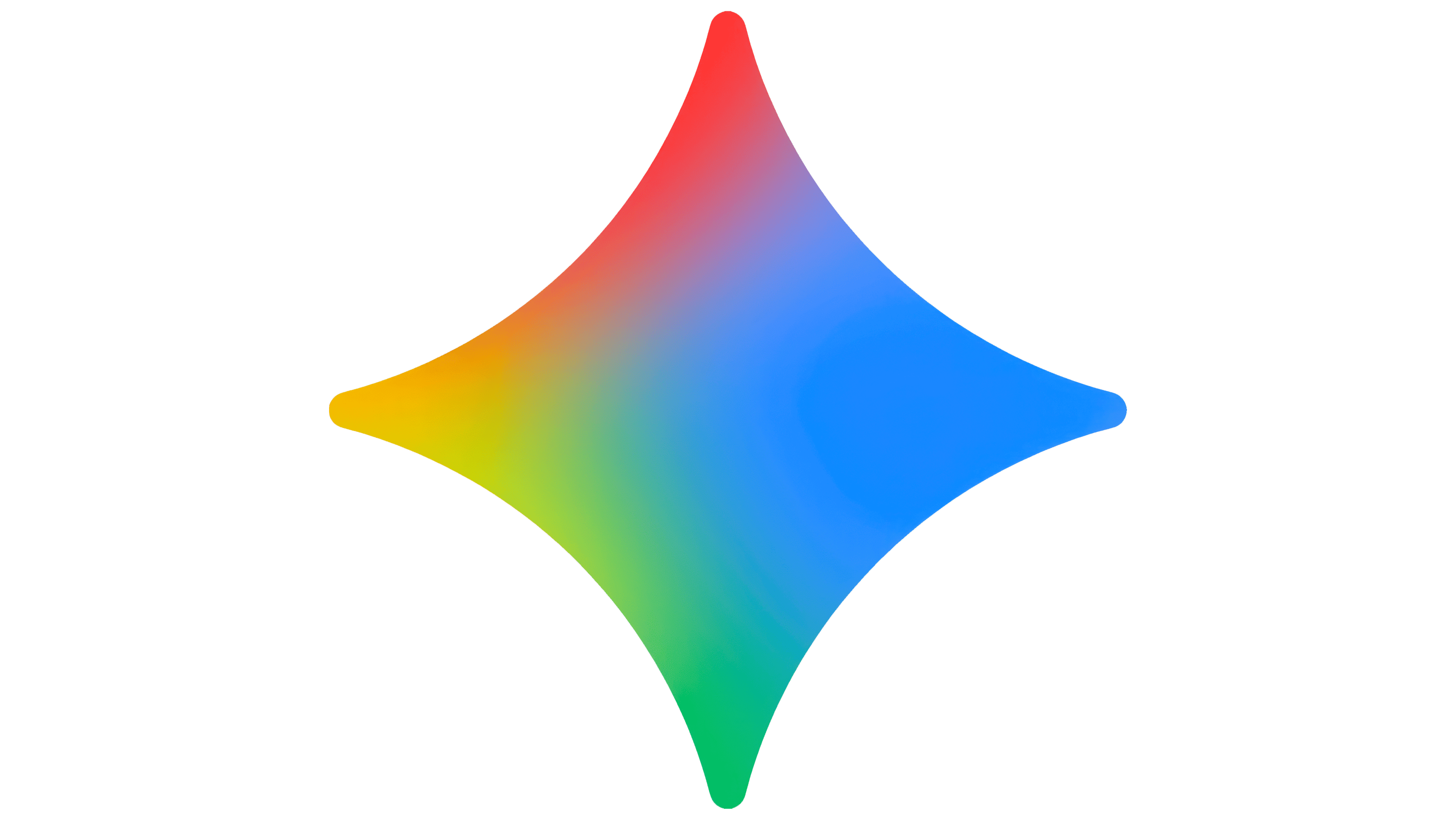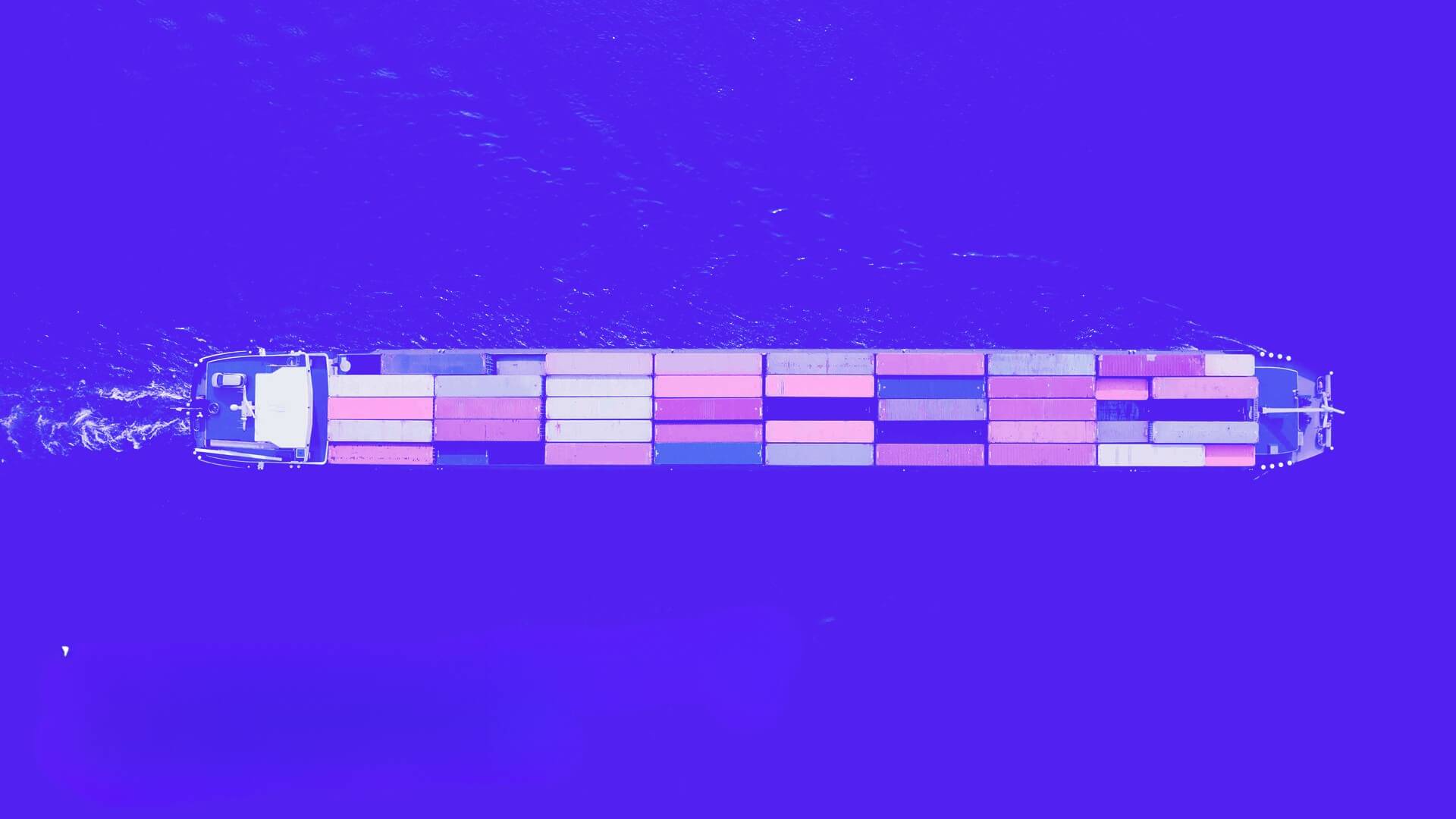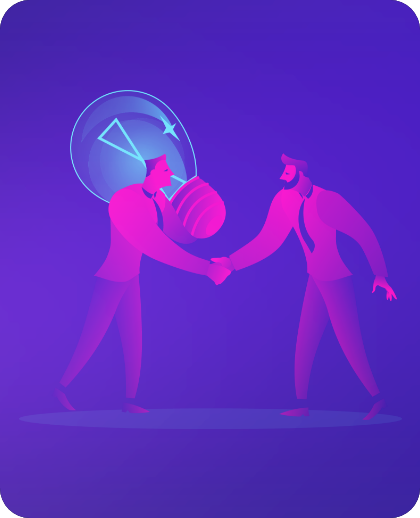On October 21, 2025, OpenAI introduced its first AI-powered browser, ChatGPT Atlas. Within hours, it became the focus of global tech conversations. The excitement was not because the world needed yet another browser, but because this one challenges the very idea of what a browser should be. Instead of offering ten blue links, it provides conversational research. Instead of waiting for clicks, it moves into action through its Agent Mode for professional users. With memory recall built in, ChatGPT Atlas marks the beginning of a new way to interact with the web.
A New Kind of Browser
ChatGPT Atlas looks and feels like a traditional browser, but it behaves very differently. You can still open multiple tabs and browse the web, but you can also ask questions directly in a new tab or through a sidebar while reading any page. When you are reading an article, Atlas can instantly summarize it for you. When comparing products or options, it can display them side by side. When you want to plan something, such as a trip or an event, it can collect all the necessary details in one place.
This combination of browsing and conversation means users no longer have to jump between tools, search engines, and note-taking apps. Everything happens in one continuous space. ChatGPT Atlas becomes both your research assistant and your productivity partner.
How ChatGPT Atlas Differs from Google
For the past two decades, the word “search” has been synonymous with Google. People type a question, scan a page of blue links, open multiple tabs, compare information, and make a decision. OpenAI’s ChatGPT Atlas represents a dramatic shift away from that process.
Instead of sending users out to hunt for answers, Atlas keeps them within an intelligent, AI-powered environment where research and execution merge. For those who already rely on ChatGPT in their daily workflow, this feels like the natural next step. You no longer just ask for information; you act on it, without leaving the AI.
The difference is fundamental. With Google, the user must search, filter, and decide. With Atlas, the AI summarizes, compares, rewrites, and can even take the next step, such as scheduling, booking, or purchasing. This is not only about convenience; it represents a complete change in digital behavior. When information and action come together, the way people make decisions changes too.
ChatGPT Atlas shifts the focus from finding information to accomplishing goals. It places AI at the center of the browsing experience instead of treating it as a secondary feature. A new tab is no longer just a blank search bar. It becomes a workspace where you can ask a question, paste a link, or start a task such as planning or writing.
Search results look different as well. Atlas leads with a conversational summary, followed by relevant links, images, and videos. OpenAI’s lead designer Ryan O’Rouke explained that this approach reverses the traditional Google model by making the AI answer the starting point and presenting the classic results only as supporting material.
The Behavioral Shift Behind Atlas
One of the most profound impacts of Atlas is behavioral. People are no longer satisfied with simply finding information. They expect technology to understand their intent, anticipate their needs, and stay two steps ahead. This new expectation changes how we interact with digital tools.
Instead of treating the browser as a static window, users will begin to see it as an active collaborator. It does not just retrieve information; it filters, analyzes, and even helps make small decisions. For businesses, this transformation goes far beyond convenience. When employees research, decide, and act within the same environment, attention flows differently, and productivity can increase naturally.
From a practical standpoint, Atlas saves time and reduces cognitive overload. A marketer can research competitors and receive a summarized comparison in seconds. A student can gather academic sources and generate an outline without juggling multiple tabs. A manager can explore project tools, compare pricing, and create an action plan, all within the same space. ChatGPT Atlas introduces a new rhythm of work—more focused, less fragmented.
A Real-World Experience
Using ChatGPT Atlas feels noticeably different. Planning a weekend with family, for example, usually means opening countless tabs for activities, restaurants, and reservations. Atlas simplifies this by suggesting personalized activities that match your preferences and even assisting with bookings.
For work tasks, the difference is even clearer. Researching a topic often involves reading long articles, taking notes, and comparing sources manually. With Atlas, those steps become fluid. The browser gathers sources, summarizes key insights, and aligns them for comparison, allowing you to concentrate on thinking and writing rather than repetitive setup.
It does not replace human creativity or judgment. Instead, it removes the friction between intent and action.
Why ChatGPT Atlas Is Not a Google Replacement
Despite its innovation, ChatGPT Atlas is not meant to replace Google entirely. Each tool serves a different purpose. If your goal is open-ended exploration and discovery, traditional search engines still offer greater breadth. But if your focus is clarity, speed, and execution, Atlas provides an unmatched experience.
Google remains the library of the internet -a vast, open system of resources. Atlas functions more like an intelligent assistant that brings the most relevant knowledge directly to your desk. Over time, these two systems may coexist. The emergence of Atlas simply reveals where the web is heading: toward an AI-first, user-centric model.
What ChatGPT Atlas Means for the Future of Search
The appearance of ChatGPT Atlas represents a larger movement in the evolution of the internet. We are moving from search engines that retrieve data to reasoning engines that understand intent and context. This transformation is reshaping not only how individuals gather information but also how businesses build strategies, design content, and communicate with customers.
For marketers, it means adapting content to be more conversational and intent-driven. For users, it means less time filtering noise and more time acting on insights. For developers and designers, it means imagining interfaces where information flows naturally between AI and human decision-making.
In essence, the web is becoming more personalized, predictive, and participatory. ChatGPT Atlas offers a glimpse of this future by making interaction feel fluid, natural, and goal-oriented.
The Bottom Line
ChatGPT Atlas is more than a product launch. It is the beginning of a new chapter in how we experience the internet. By combining the intelligence of ChatGPT, the reach of the web, and the efficiency of automation, it turns browsing into collaboration.
Instead of passively searching, users engage in a dialogue with technology that understands their goals and supports their actions. For those who already integrate ChatGPT into their daily work, Atlas feels like a natural evolution; a faster, more intelligent, and more intuitive way to interact with information.
Ready to Experience the Future of Browsing?
If you are curious about how AI is transforming productivity, research, and decision-making, ChatGPT Atlas is just the beginning. The future of search is no longer about finding; it is about doing.
At Neurony, we explore these transformations every day. From understanding how AI reshapes digital behavior to helping companies adopt tools like Atlas to work smarter, our goal is to make innovation practical and accessible.
Stay informed. Stay inspired.
